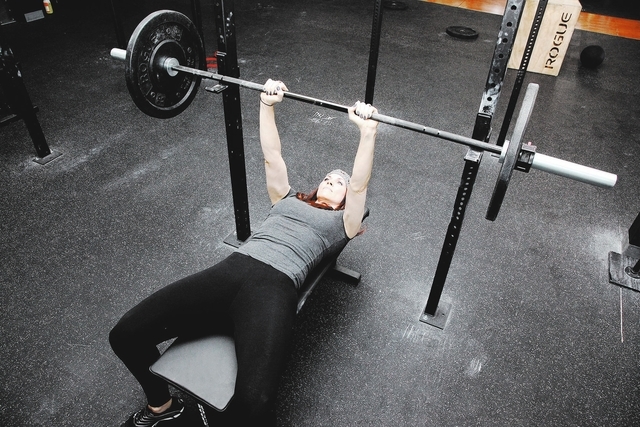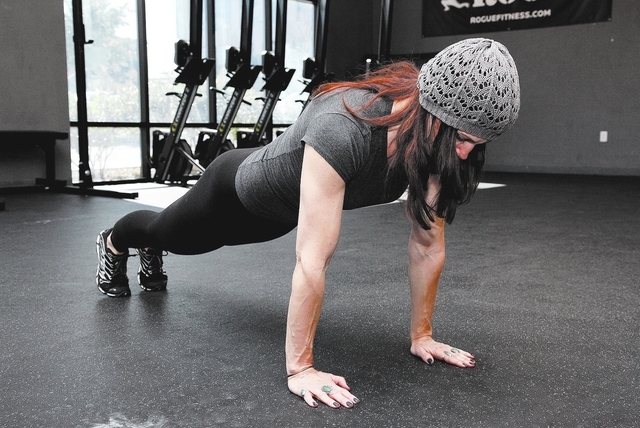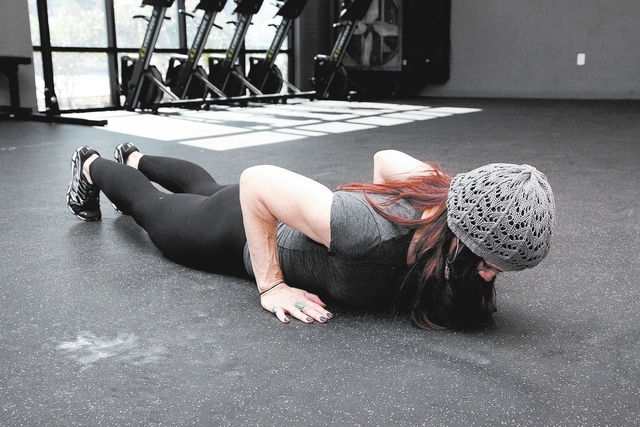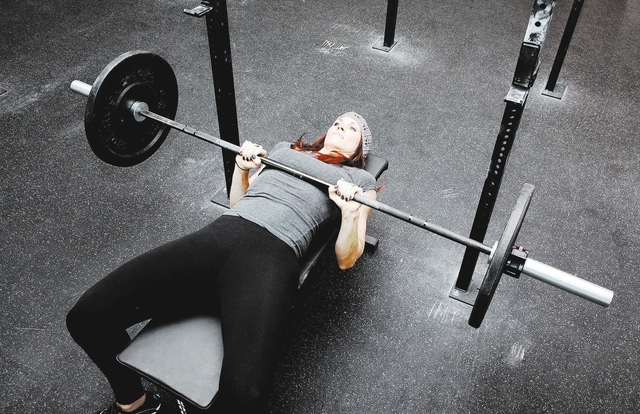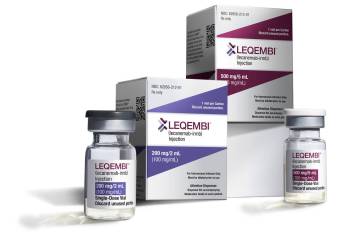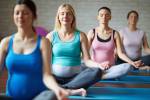Working ‘go’ muscles aids ‘show’ muscles
Confusing “show muscles” with “go muscles” is a frequent mistake in the fitness culture.
“Show muscles” are everything you can see from the front: abs, chest, biceps and quads (if you don’t skip leg day). They do look good when they are developed, but those muscles alone don’t transfer well into other areas of fitness.
“Go muscles” are the muscles of the posterior chain or the main engines behind functional movements. Developed glutes, hamstrings, back and triceps will make the body better at any task.
My favorite movements are squats, dead lifts, pullups and presses. And the great thing about working your “go muscles” is that your “show muscles” will see improvement as well.
When I say to develop your “go muscles” I don’t mean you have to have the most Hulked out and powerful posterior chain in the gym. I am talking about training your body to effectively move itself. Having hip-powered movements with a strong back and core will take you far.
Beginners frequently ask me how much should they be able to squat or press or dead lift. I always respond that you should set your first bench mark at body weight or even 50 percent of body weight.
This is for a couple of reasons. First, most lifts are attainable at body weight. Squats, dead lifts, pullups and even a bench press can all be given a body-weight goal. Yes, even for older athletes. I know a woman older than 50 who dead lifts her body weight. She had a top-notch trainer help her reach her goal without injury. The best part is that it didn’t take long to reach that goal.
Another reason is that working those big, functional movements will help your body change the most. The body is great at adapting to change. You may even notice that fat loss is a result of regularly performing functional movements. What luck! As you exercise, your body weight gets lower and you have that much less to lift to reach your goal.
Being body-weight strong transfers well to daily life. Tasks are made exponentially easier by the addition of some functional “go muscle.” Playing with the kids or grandkids won’t be so exhausting. Getting those heavy groceries out of the trunk won’t seem like a chore. You may even find that you’re healthier. That will definitely save on the ever-increasing price of doctor visits.
If working your “go muscles” is intimidating to you, get a trainer. You pay them to watch every move so you perform them correctly. They will keep you accountable and develop the best program to reach your goals.
When you move correctly, you help prevent injury by conditioning the body with a variety of stimuli. The more variety you throw at the body the more it adapts.
Today’s exercises are for some of my favorite “go muscles.”
Strong and conditioned triceps will transfer to your pressing movements. All too often pressing movements get taken over by the shoulders. Another problem is that when doing a press the weight only goes halfway up and you get stuck. Strengthening the triceps will help break that barrier as well.
Working the triceps with the exercises illustrated will also work other “go muscles.”
Keeping correct posture during these movements is the job of the glutes, core and back. These are major engines for both power and stability. Try doing a pushup with a floppy core; it hurts. Try again with a tight core and you feel stable and able.
The first exercise is a close-grip pushup. It helps build functional strength of the triceps and trains the core to remain stable during movement. If pushups are too difficult for you, try the modified version.
If strength is your goal, try the close-grip bench press. You can load more weight and better prime your muscles to break through plateaus.
Chris Huth is a Las Vegas trainer. He can be reached at 702trainer@gmail.com. If you are a Las Vegas trainer and want to share your love of fitness as a guest coach, please contact him. Consult your physician before beginning any exercise program.



